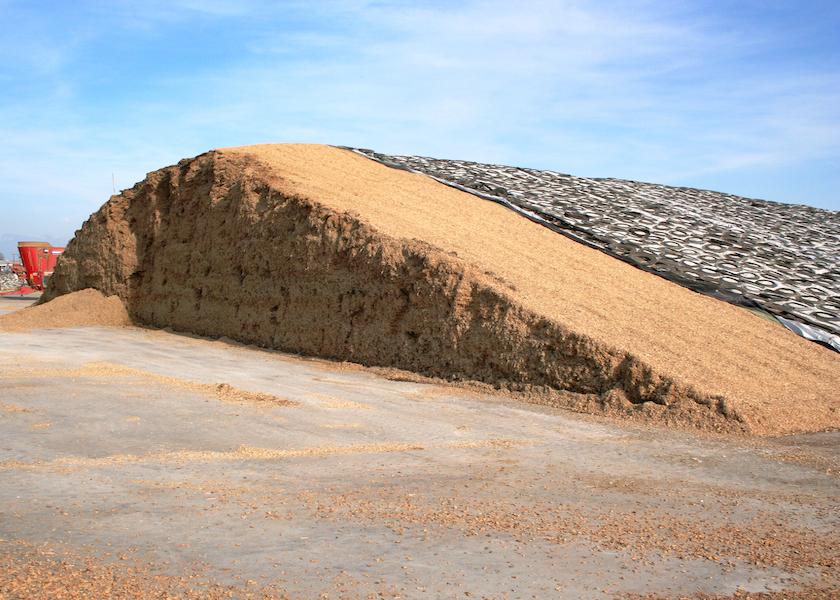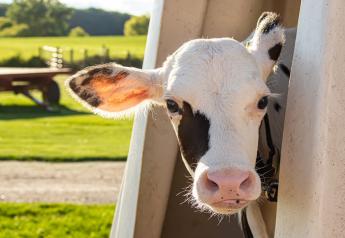NO3-N or NO3-: An Important Distinction

Whether forage test results report nitrate results as nitrates or nitrate nitrogen makes a big difference.
Bruce Anderson, Forage Specialist at the University of Nebraska-Lincoln, explained in a recent bulletin that labs may test for and report nitrates in two different ways. Some check specifically for the concentration of nitrate, measured by the nitrate ion (NO3-). Others check for the amount of nitrogen that is in the nitrate ion and call it nitrate nitrogen (NO3-N).
“Nitrate is one part nitrogen plus three parts oxygen, so nitrogen only makes up about 22.6% of the nitrate ion,” Anderson explained.
That means the reported results – and the toxicity danger threshold for nitrates – vary considerably between the two metrics. Anderson said NO3- results are not concerning until they reach 9,000-10,000 ppm. For NO3-N, the danger level is in the neighborhood of 2,000-2,300 ppm.
Is one method better than the other? “No,” said Anderson. “Both give the same result, and either one can be used to determine the safety of your feed.” Mathematically, each metric can be converted to the other as follows:
- Nitrate = Nitrate Nitrogen X 4.43
- Nitrate Nitrogen = Nitrate X 0.226
Anderson stressed the importance of producers and nutritionists using apples-to-apples data when discussing nitrate results. “Look closely at the report to see what method your lab used to report nitrate results,” he advised.







